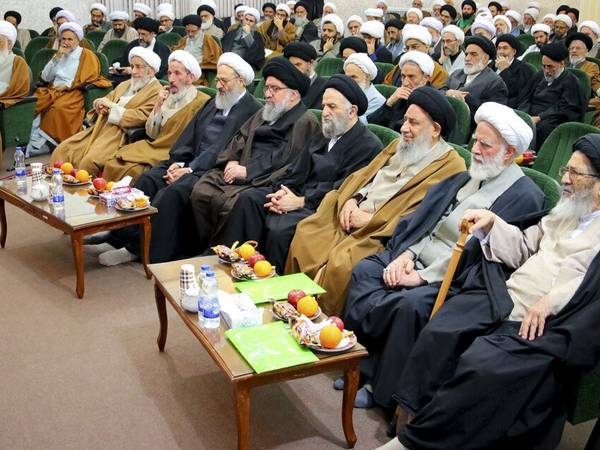A dissident cleric and former academic, once a popular figure on Iran’s state television, now asserts that the ruling clerics no longer represent the voice of the people.
Naser Naqavian, once a prominent figure on state TV, has been barred from both speaking on air and teaching at universities. He has spoken about the declining role and status of Muslim clerics in Iranian society, despite the country being officially governed by Shiite clergy.
In an extensive interview with the Khabar Online website, Naser Naqavian said that clerics were increasingly isolated from Iranian society. He remarked that some clerics are so affluent that many people believe their pockets are directly connected to the country’s oil pipelines.
Speaking about his own financial situation, Naqavian said that he had to move from the affluent Pasdaran Avenue in northern Tehran to Fardis, a district outside the industrial town of Karaj some 50 kilometers West of Tehran.
He noted that clerics who became government officials have lost their standing with the broader population, as they no longer speak for the people. He pointed to their hardline stance on enforcing compulsory hijab as a key issue, likening their position to that of the Taliban, which has further alienated them from mainstream Iranian society.
Naqavian stressed, however, that he is not a "counter-revolutionary" or a member of the opposition. "I simply oppose the policies I believe are wrong and want those policies to be corrected."
The growing divide between the Iranian public and the ruling clerics has been acknowledged by the country’s seminaries as far back as 2017. A major media outlet from the Qom Seminary, Mobahesat (Discussions), explored this issue and its underlying causes. Studies published by Mobahesat revealed that clerics' popularity has been in decline since the 1979 Islamic Revolution.
Several debates involving prominent Muslim scholars were sparked by the publication, during which high-ranking seminarians concluded that the public’s increasingly negative view of the clergy stems largely from the behavior of clerics who serve as state officials.
In 2023, following a series of physical attacks on clerics in the wake of the 2022 nationwide protests, Ayatollah Mohammad Javad Alavi Boroujerdi argued that these assaults were a direct result of the widening divide between the public and the clerical establishment. He urged officials to avoid further alienating the people by making hardline statements that fuel public resentment.
However, to shield himself from potential government reprisals, Boroujerdi also attributed the growing hostility toward clerics to foreign media "fanning the flames" of discontent.
In contrast, female religious scholar Sedigheh Vasmaghi, a vocal critic of the regime’s compulsory hijab policy, argued that it was already too late to bridge the gap between clerics and the people. She asserted that the clerics’ fundamentalist views had fostered insecurity in Iranian society, adding that they should have anticipated the consequences of their hardline stances and behavior.
In his interview, Naqavian noted that the government labels reformist clerics as counter-revolutionaries. He also revealed that, due to the public's increasingly negative perception of clerics, he often refrains from wearing his traditional clerical robe and turban when going about his daily life.
When asked about the difference in how people react to him in clerical versus non-clerical attire, Naqavian explained, "For those who know me, their reaction doesn’t change regardless of what I wear. But for others, it’s different. When they see me in my clerical robe and turban, they treat me the same way they treat other clerics."
During and for some time after the 2022 protest in Iran "turban tossing" or "turban flipping" was popular among young protesters. Young disgruntled people used to take the turban off the clerics' head and toss it in the street. Compared to violent attacks on clerics at that time, turban tossing was a light-hearted reaction.
